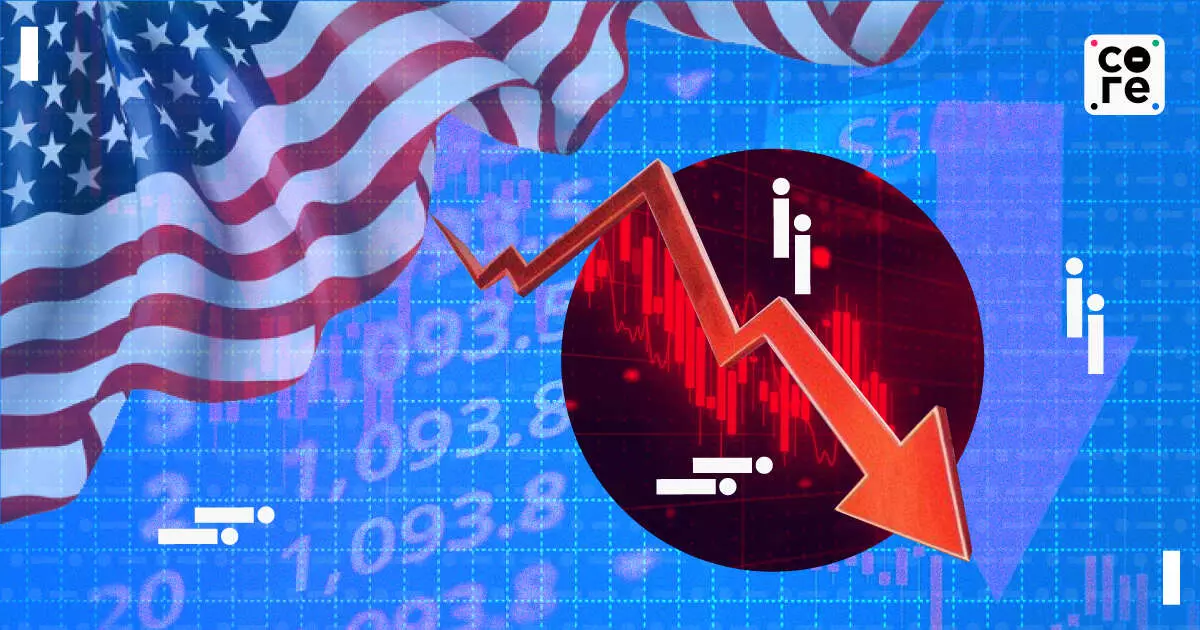
Let’s Not Blame India’s Market Crash On US Elections
A slowdown in India’s growth has been in the making for months, and the problem is much deeper than the jitters in the run-up to the US Presidential elections.

Stock markets in Asia rose on Monday in anticipation of the US presidential elections that will take place today. They included Korea, Hong Kong, Australia and Taiwan. The US markets, already sitting on record highs, were also ticking up on Monday ahead of the elections.
The Indian stock markets, on the other hand, saw a sharp crash in keeping with the sell-off trend that started in October and has evidently extended into November. Whatever the reason may be for the sharp fall, it has little to do with the jitters in the run-up to and the outcome of the US elections to be held on November 5 (November 6 in India), even if that’s the reason being offered.
Indian markets are now diverging from both Asia and the US and to some extent Europe. This is worrying and reflects a disconnect that could be larger than just the movement of indices. For one, a slowdown is clearly upon us.
According to a Bloomberg report, last week Jefferies Financial Group said over 60% of the 98 firms they track have had their earnings per share estimates downgraded following the recent quarterly results. This is the highest proportion since early 2020 when the Covid-19 pandemic upended economic activity for months. Jefferies now forecasts that the earnings of Nifty companies will grow at just 10% in the year ending March 2025. Analysts often remind us that the stock markets are a slave to earnings.
What’s Behind The Slowdown?
Indeed if that were the case, then the slaves so to speak have tougher times ahead. Moreover, India’s economy is now moving quite literally in the opposite direction to the US, which is powering ahead with a pace of economic growth not seen in a long time. The reasons for slower growth in India range from a fizzling of the post-pandemic surge to a curtailing of consumption thanks to the triple whammy of heat waves, heavy monsoons and of course elections. This could only partly be the reason for the slowdown. Those who’re hoping that this slowdown is entirely because of the above reasons must be told that hope cannot be a strategy.
Despite the government amping up its expenditure in public spending — visible in areas like roads and railways — the private sector has not picked up the slack. This is not just in the last few months but several years. Data shows that both private spending on capital expenditure and private consumption are weak and staying so. Companies continue to do well because they are going all out to preserve their margins and profitability, including by downsizing as the IT companies did in the last year.
A Distortion Effect
The larger question remains, as I have pointed out before, is did we see this coming? And what could we have done differently? Did the companies, who are now speaking of taking a hit because of urban consumption slowing down, not see this happening or the likelihood of it, six to nine months ago? Did they not get a feeling that the consumption spike was more of a post-Covid phenomenon? Remember, developed markets were clearly accounting for post-Covid spending and thus could we be really different?
Then there is the financing of all of this. India’s central bank, the Reserve Bank of India for more than a year has been sounding the gong on rising risks in micro, personal and credit card loans and borrowings. Early signs of defaults were already there and the fact that higher than normal borrowing was funding this consumption of products, services and then speculation in the stock markets was quite evident.
There is a signal and noise problem in the Indian economy. The amplification of various data points at very high levels creates a distortion effect. This is not to blame those putting out the numbers but to caution those who look at them and worse, wrongly interpret them.
The question one can now pose is whether what we are seeing is cyclical or more secular slowdown. It is tough to answer this without more data. This data will have to include what really happened in the last four years so that we can focus on what to correct. Meanwhile, as we eagerly await the outcome of the US elections, we have to focus more on what is happening in our own economy.
A slowdown in India’s growth has been in the making for months, and the problem is much deeper than the jitters in the run-up to the US Presidential elections.
Salman is a seasoned business journalist with over 10 years of experience covering consumer internet, startups, and the retail sector. He writes on the fascinating world of technology trends and the government policies that shape them, dissecting internet trends and their impact on society.

